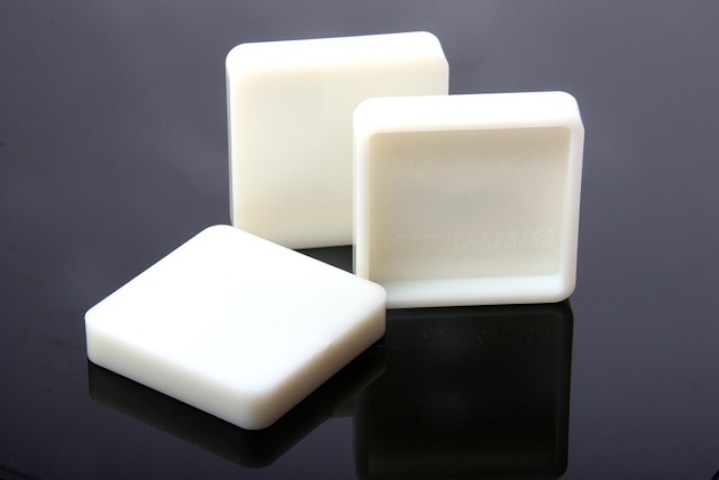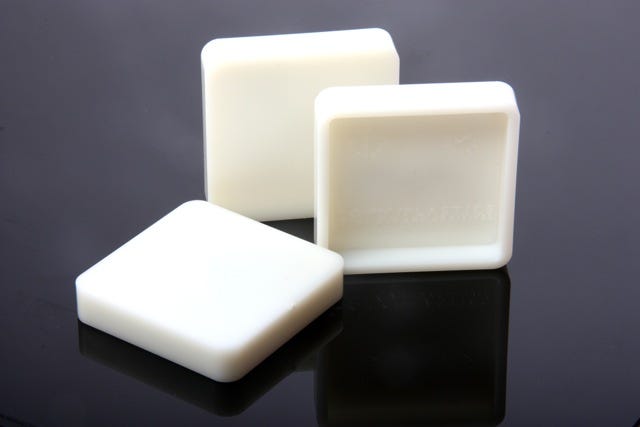Rotterdam-based Parx Plastics has announced the launch of its first ready to use Saniconcentrates for manufacturers in Europe and the U.S. to safely create self-sanitizing products with an antibacterial property of up to 99% within 24 hours.The technology developed by Parx Plastics is the world's first antimicrobial solution without toxins or chemicals. It does not use chemicals such as Triclosan or heavy metals such as silver, nor does it use biocides, Nano-particles, quaternary salts or any other harmful substances.
September 15, 2014

Rotterdam-based Parx Plastics has announced the launch of its first ready to use Saniconcentrates for manufacturers in Europe and the U.S. to safely create self-sanitizing products with an antibacterial property of up to 99% within 24 hours.
The technology developed by Parx Plastics is the world's first antimicrobial solution without toxins or chemicals. It does not use chemicals such as Triclosan or heavy metals such as silver, nor does it use biocides, Nano-particles, quaternary salts or any other harmful substances.
 How, then, does the technology work? "Our technology makes use of the trace element Zinc - not the metal state zinc," explained Michael van der Jagt, co-founder of Parx Plastics. "This trace element is a mineral that is in our food, for example in spinach and dark chocolate."
How, then, does the technology work? "Our technology makes use of the trace element Zinc - not the metal state zinc," explained Michael van der Jagt, co-founder of Parx Plastics. "This trace element is a mineral that is in our food, for example in spinach and dark chocolate."
Zinc is one of the most abundant nutritionally essential elements in the human body. It contributes to a healthy immune system and is found in all body tissues, but especially in muscle and bone. As an element that is an essential part of our daily diet, it is Generally Recognized As Safe (GRAS) and is permitted for use in plastics," said Van der Jagt.
Next to biocompatibility, the new technology offers the additional advantage that the zinc does not migrate. The antibacterial property, according to Van der Jagt, is the result of an intrinsic change, and is not due to the leaching out of the trace element. "The killing of the bacteria is the result of a mere physical and mechanical property of the material," he clarified. "With the use of this trace element we can create an intrinsic change to materials that make the surface (but it is throughout the material) hostile to bacteria. Without any substance leaching from the material we managed to rupture the cell membrane of the bacteria, which causes the bacteria to lyse and die."
According to the EU legislation on food contact materials, the migration limit for zinc is maximally 25 PPM. "Tests by a TÜV test laboratory have demonstrated that our technology does not migrate at all," said Van der Jagt. "And with regards to USA regulation, because there is no migration, the component is not considered an additive."
An important aspect is that, because no migration occurs, the antibacterial effect lasts a lifetime. Whereas other solutions, which depend on a migratory effect, will become less effective over time, this is not the case with the technology developed by Parx. "The function remains the full life time of the product," said Van der Jagt.
"An important characteristic is the fact that our technology does not change any of the original characteristics of the material. All characteristics remain the same, such as color, clarity, strength, UV impact, aging, etc.," adds Van der Jagt.
Asked whether other additives or masterbatch in the plastic affects the technology, Van der Jagt emphasized "so far we have not come across additives that cause problems. We make an intrinsic change to the plastic that is not impacted by the additives used. It remains inside."
The first materials taken into mass production at the Italian facility in Bologna are a Sani-ABS and a Saniconcentrate based on Eastman's copolymer Tritan. These are uniform grades used as a carrier incorporating the technology that mix at 3% with plain material of the same kind. The mixture produces a product with an antimicrobial property of up to 99%.
However: "We can apply our technology to roughly any polymer, so it also works on bioplastics and recycled plastic," commented Van der Jagt.
"Being able to offer these off-the-shelf solutions is a great step forward bringing our biocompatible technology to the market," he added. "The past few months have been pretty turbulent for our organization receiving great interest from many of the largest corporations. The world is moving towards more sustainable solutions and customer pressure is rising. Companies that ignore the shift away from harmful chemicals and dangerous substances are bound to loose or be left behind."
About the Author(s)
You May Also Like


